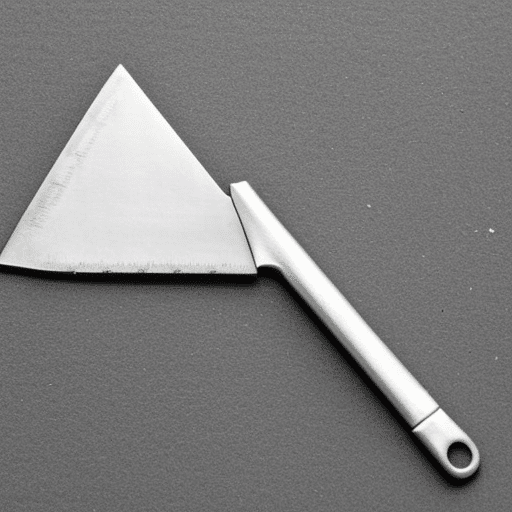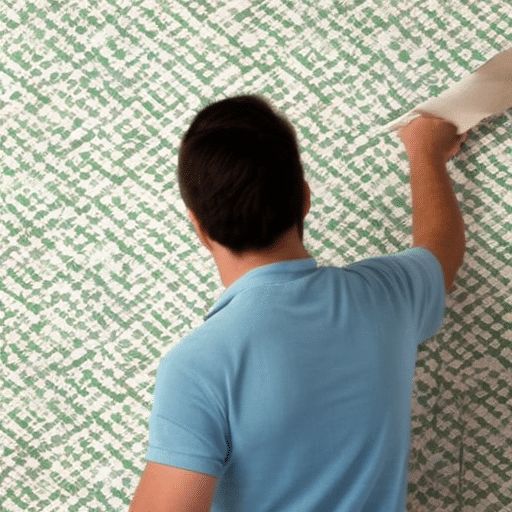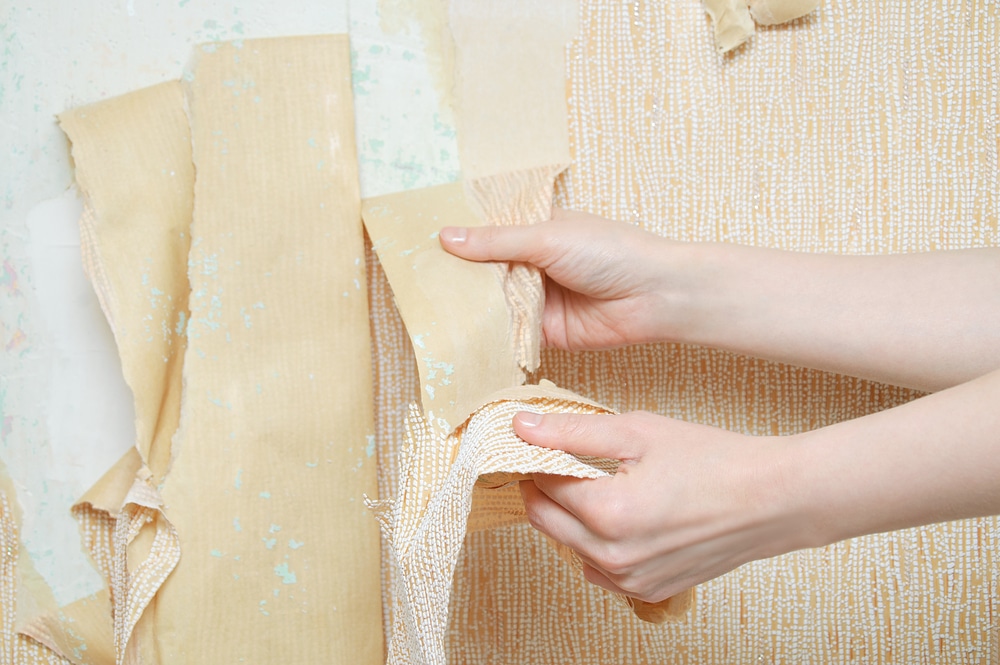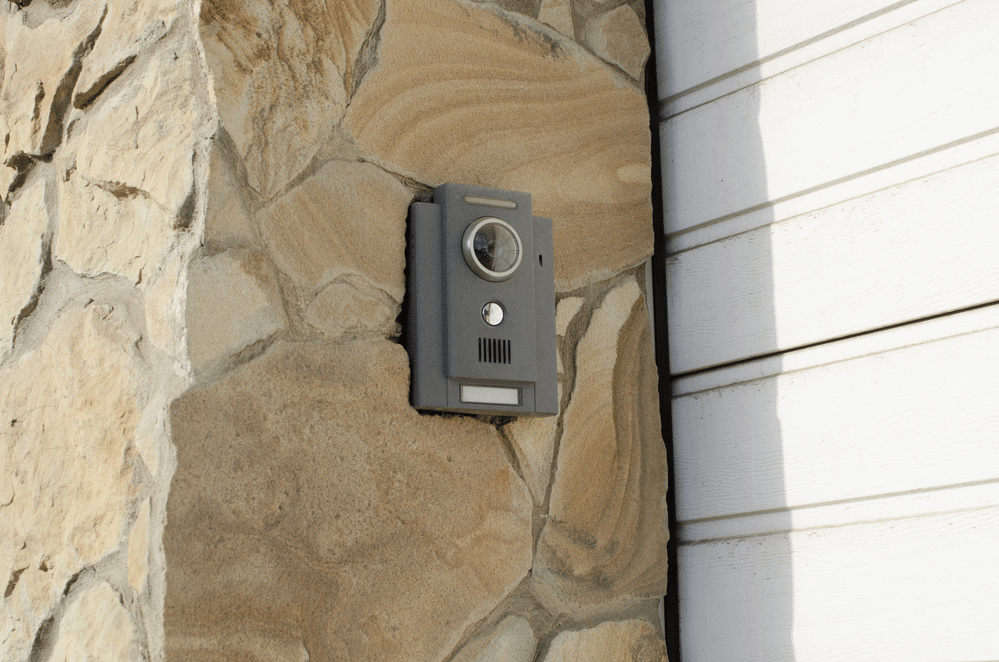Last Updated on
Are you tired of looking at the same old wallpaper in your home? If so, it’s time to strip off that outdated pattern and give yourself a fresh start. Stripping old wallpaper can seem daunting but don’t worry – with our easy-to-follow guide on how to strip old wallpaper from the wall, you’ll be able to do it quickly and easily. We’ve broken down each step into four manageable sections: Gather Your Supplies; Preparing the Wallpaper; Removing the Wallpaper; Cleaning Up. So if you’re ready for a new look without breaking out into an anxious sweat, then let’s get started stripping that paper away.
Table of Contents:
Gather Your Supplies
When it comes to removing old wallpaper, you’ll need the right supplies in order to get the job done. The first thing you should do is gather all of your tools and materials before beginning. Here are some of the items that will come in handy:
Scoring Tool:
A scoring tool is essential for loosening up old wallpaper so that it can be removed more easily. You can find these at most hardware stores or online retailers. Look for one with a sharp blade and comfortable handle for easy use.
Steamer:
A steamer is another must-have item when removing wallpaper as it helps to loosen up the stubborn adhesive and make removal easier. Be sure to read the instructions carefully on how to use your steamer safely before getting started.
Scraper:

Once you have loosened up the wallpaper with a scoring tool and/or steamer, you’ll need something like a scraper or putty knife to help remove any remaining pieces from walls or other surfaces. Make sure your scraper has a sharp edge so that it doesn’t damage any underlying paintwork during removal.
Last but not least, don’t forget to have a bucket nearby where you can collect all of those pesky bits of paper as they come off. This will make cleanup much easier after everything is said and done.
Once you have all the necessary tools and materials, it’s time to get started. Preparing the wallpaper is the next step in this process.
Preparing the Wallpaper
Preparing the wallpaper is a necessary step before you can start removing it. The first thing to do is score the wallpaper with a scoring tool. This will create small holes in the paper that will allow steam or water to penetrate and loosen up the adhesive behind it.
Using a steamer is one of the most effective ways to remove wallpaper, but if you don’t have access to one, then using a spray bottle filled with warm water should work just as well. Start by spraying down an area of about 2 feet square and wait for 10 minutes or so until the paper has softened enough for removal.
If there are any stubborn areas where the wallpaper won’t come off easily, use your scoring tool again on those spots and re-spray them with more warm water before attempting to peel them away from the wall surface. Be sure not to pull too hard when removing pieces of wallpaper; otherwise, you may end up damaging your walls in addition to tearing apart some of your newly scored paper.
Once all of your wallpaper has been removed, be sure to inspect each wall carefully for any remaining bits that need scraping off or sanding down. You’ll also want to fill in any holes left behind from nails used during installation before painting over them or applying new wall coverings such as paintable textured wallpaper or fabric panels.
Finally, make sure all surfaces are clean and dry before beginning any new projects on top of them. This includes washing down walls with soap and water if needed prior to painting over them.
Once the wall is prepped and ready, it’s time to move on to the next step: removing the wallpaper.
Removing the Wallpaper

Now that you’re ready, begin removing the wallpaper using your scraper tool. Starting at one corner of each section of paper, use short strokes in an upward motion while applying gentle pressure until you are able to peel away some of the paper from its adhesive backing on the wall surface. As you continue peeling away sections of paper place them into your bucket for easy disposal later on when finished scraping off all areas of wallpaper within each section.
Removing the wallpaper can be a tedious and time-consuming task, but with patience and perseverance, it is possible to achieve great results. Now that the wallpaper has been removed, let’s move on to cleaning up.
Cleaning Up
Cleaning up is the last step in any wallpaper project. It’s important to take your time and make sure that all of the adhesive residues have been removed from the walls before you move on to other projects.
To start, use warm soapy water and a sponge or cloth to wipe down the wall where you have just applied wallpaper. This will help remove any remaining adhesive residue that may be left behind after removing old wallpaper or applying new wallpaper. Be sure to rinse off any soap residue with clean water afterwards.
If there are still some stubborn bits of glue stuck on the wall, try using a mixture of vinegar and baking soda as an effective cleaning solution for removing them. Simply mix equal parts vinegar and baking soda together until it forms a paste-like consistency, then apply it directly onto the sticky area with a damp cloth or sponge. Let it sit for about 10 minutes before wiping it away with another damp cloth or sponge. The vinegar helps break down the glue while also disinfecting at the same time.
For tougher stains, like paint splatters or permanent marker marks, use rubbing alcohol instead of vinegar and baking soda mixture as this will help dissolve those types of stains more effectively without damaging your walls in any way. Just make sure not to scrub too hard when using rubbing alcohol as this can cause damage if done incorrectly.
Finally, once all adhesive residue has been wiped away from your walls, give them one final wipe down with a dry microfiber cloth to ensure they are completely free from dirt and dust particles before moving on to other projects around your home or garden.
Conclusion
Stripping old wallpaper can be a tedious task, but with the right supplies and preparation it doesn’t have to be. By following the steps on how to strip old wallpaper, you’ll be able to remove them from your walls in no time. Gather your supplies, prepare the wallpaper, remove it and then clean up afterwards. With this guide, you should now feel confident enough to tackle any wallpapering job that comes your way. Good luck and happy stripping.
Paul is the type of person who never met a problem he couldn’t fix. He can always be found tinkering with something in his house, even if it isn’t broken! His tips and tricks are often shared on our site. He’s the one you call when something breaks because he has been known to improvise fixes for everything from leaky faucets to malfunctioning dryers.



